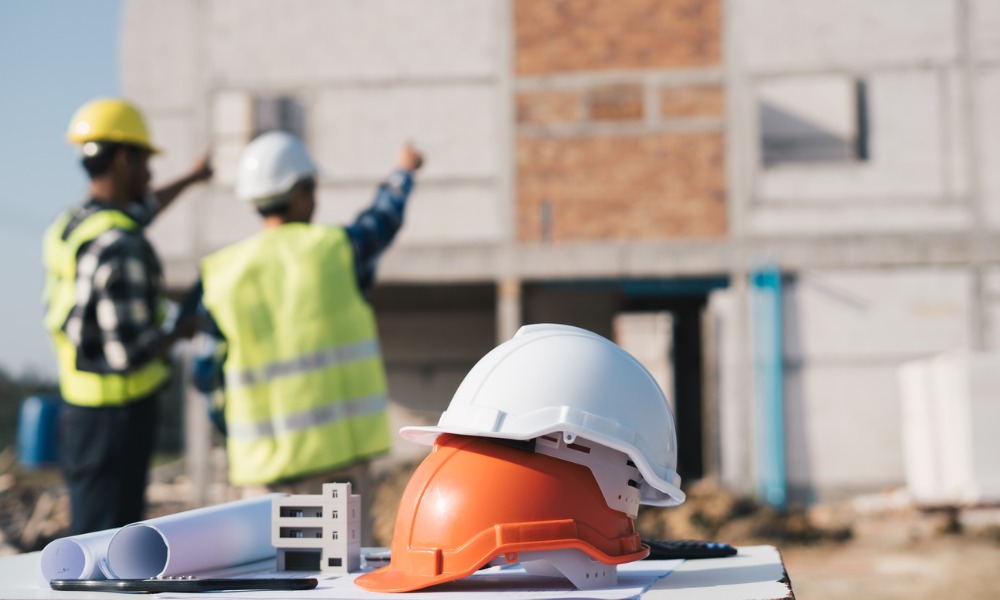While apartment building approvals are up, approvals for detached houses post a decline

According to data released on Tuesday by the Australian Bureau of Statistics, there has been a recent increase in apartment building approvals, but experts remain cautious about the overall outlook for the construction sector in 2024.
In November, total building approvals in Australia rose by 1.6% to 14,529, following a 7.2% increase in October, according to a report by The Australian. This defied economists' consensus expectations of a 2% decline in November.
The rise in building approvals was primarily driven by approvals for private multi-unit dwellings, which increased by 6.7% in November, following a significant surge of 17.4% in October, The Australian reported. However, approvals for detached houses saw a decline of 1.7% during the same period.
HIA chief economist Tim Reardon expressed optimism about the increase in apartment approvals.
“They are an encouraging sign that we might be past the bottom of the cycle in apartment approvals,” Reardon told The Australian. “However, there is still an urgent need to increase apartment construction but also detached construction.”
Despite the monthly increase in building approvals, the total number of dwelling approvals has been lower in the new financial year compared to the same period in 2022. Between July and November, 70,900 dwellings were approved, compared to 81,954 in the previous year.
Reardon said that the low volume of building approvals throughout 2023 will likely result in a continued slowdown in the number of homes starting construction in 2024. Other leading indicators, such as new home sales and housing finance data, also support this projection of a slowdown in the housing market.
The rise in the cash rate is considered the primary cause of this slowdown in approvals. A continued decline in the number of new homes approved indicates a slow start to the Australian government's ambition to build 1.2 million new homes in five years, starting in mid-2024.
Mixed results by state
In November, building approval results varied across different states in Australia. Victoria and South Australia experienced an increase in total approvals, with rises of 7.8% and 6%, respectively, The Australian reported. However, Tasmania, Queensland, New South Wales, and Western Australia saw declines in total approvals.
Read next: Productivity likely to be construction sector’s biggest challenge
Approvals for private sector houses were driven lower by Western Australia, Victoria, and Queensland, while South Australia and New South Wales saw slight increases in November.
The ABS also reported a sharp decline of 18% in the value of non-residential approvals in November, following an 8.7% increase in October, according to The Australian. This downward trend in non-residential approvals is attributed to increased construction costs and a shift in approvals towards transport buildings, factories, warehouses, and health facilities in recent years.
The ABS noted that the value of total building approvals fell by 9.2% in November, with the value of total residential building experiencing a 2.1% decrease. This includes a 2% decrease in new residential building and a 2.4% fall in alterations and additions.
Expert opinions and forecasts
Master Builders Australia chief economist Shane Garrett expressed concern over the low number of approved new homes in Australia. He told The Australian that only 945,554 new homes have been approved over the past five years, falling well below the target of 1.2 million homes set by the housing accord.
CBA economist Harry Ottley told the publication that approval levels remained subdued, especially on a per-capita basis. However, he noted a modest upward trend, which aligns with expectations given the slower pace of interest rate hikes in 2023.
Have something to say about this story? Let us know in the comments below.



